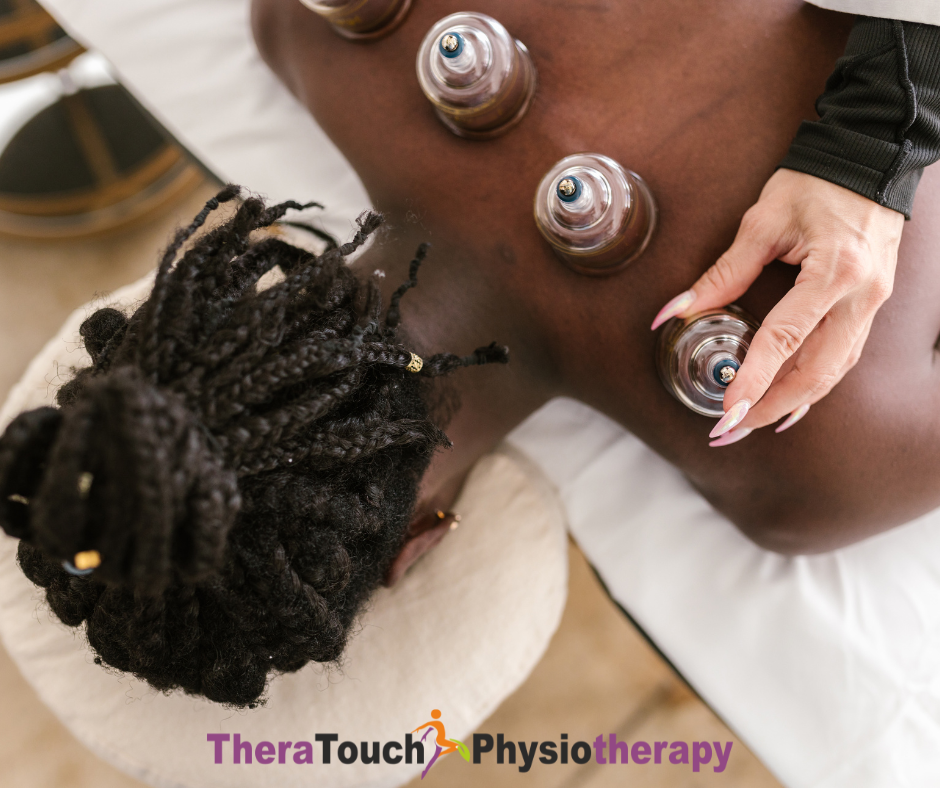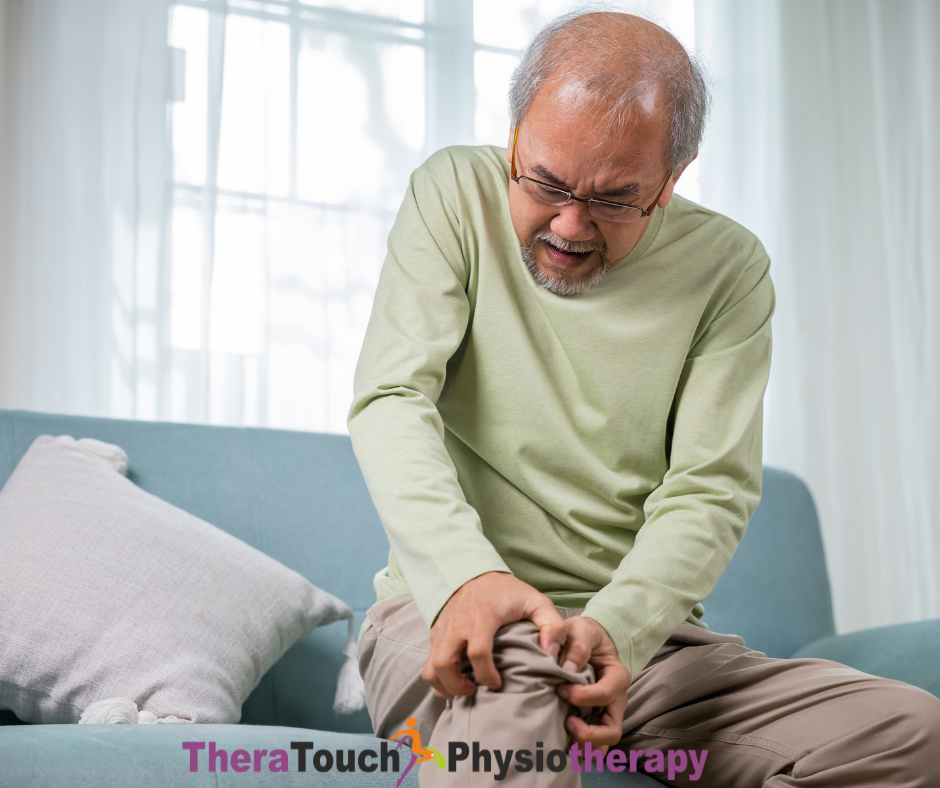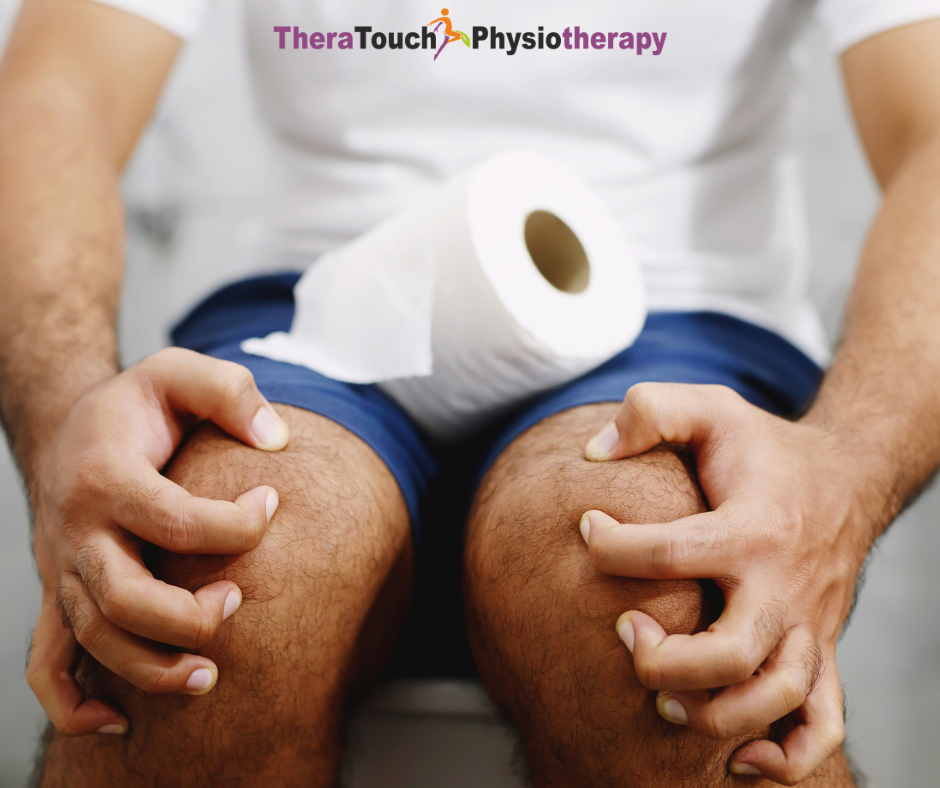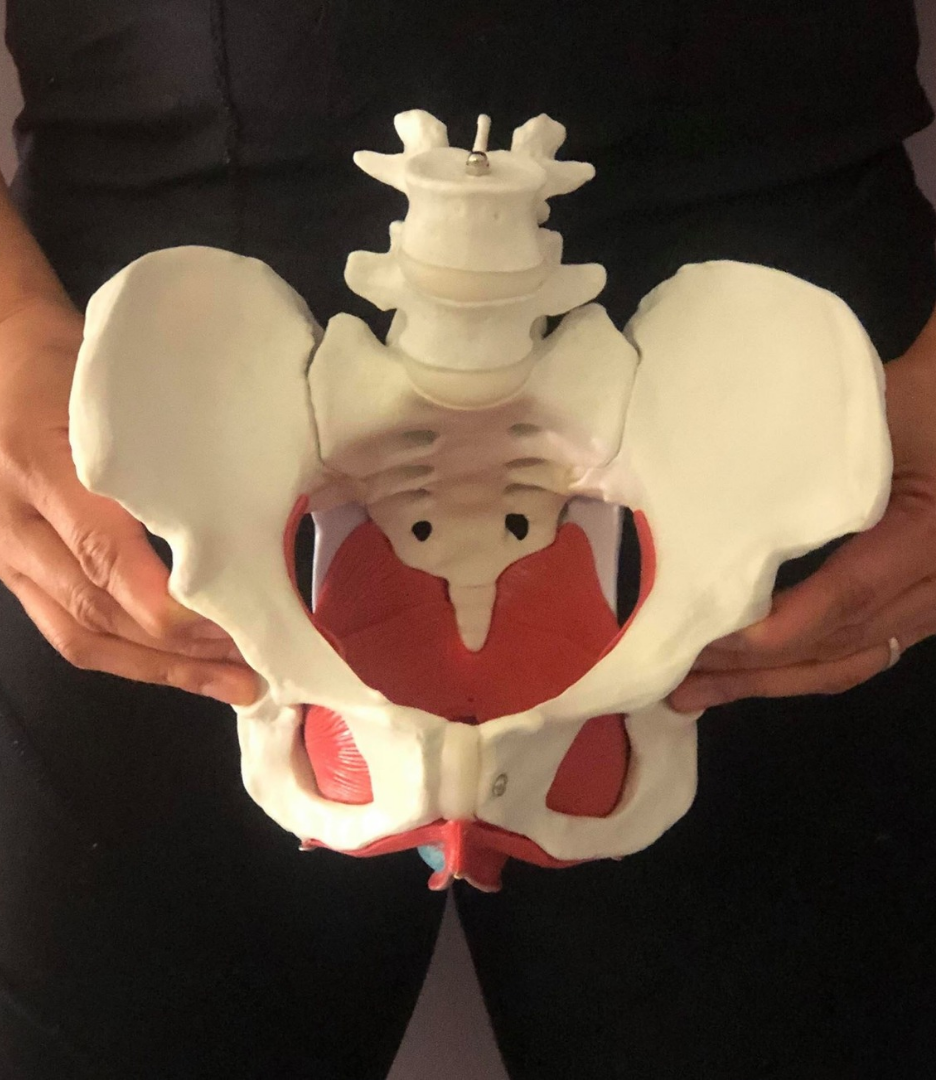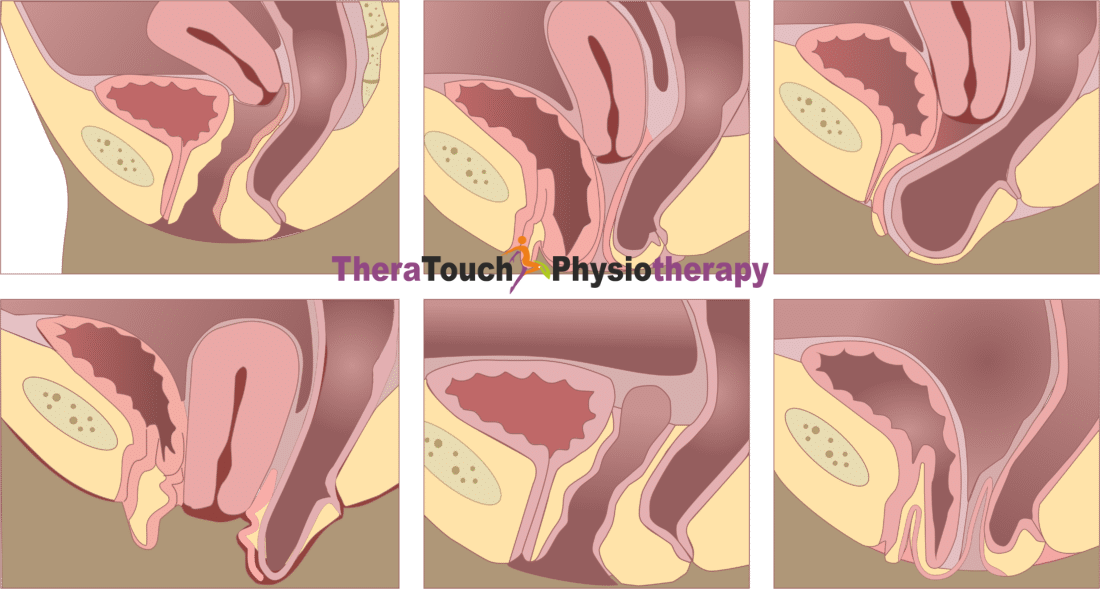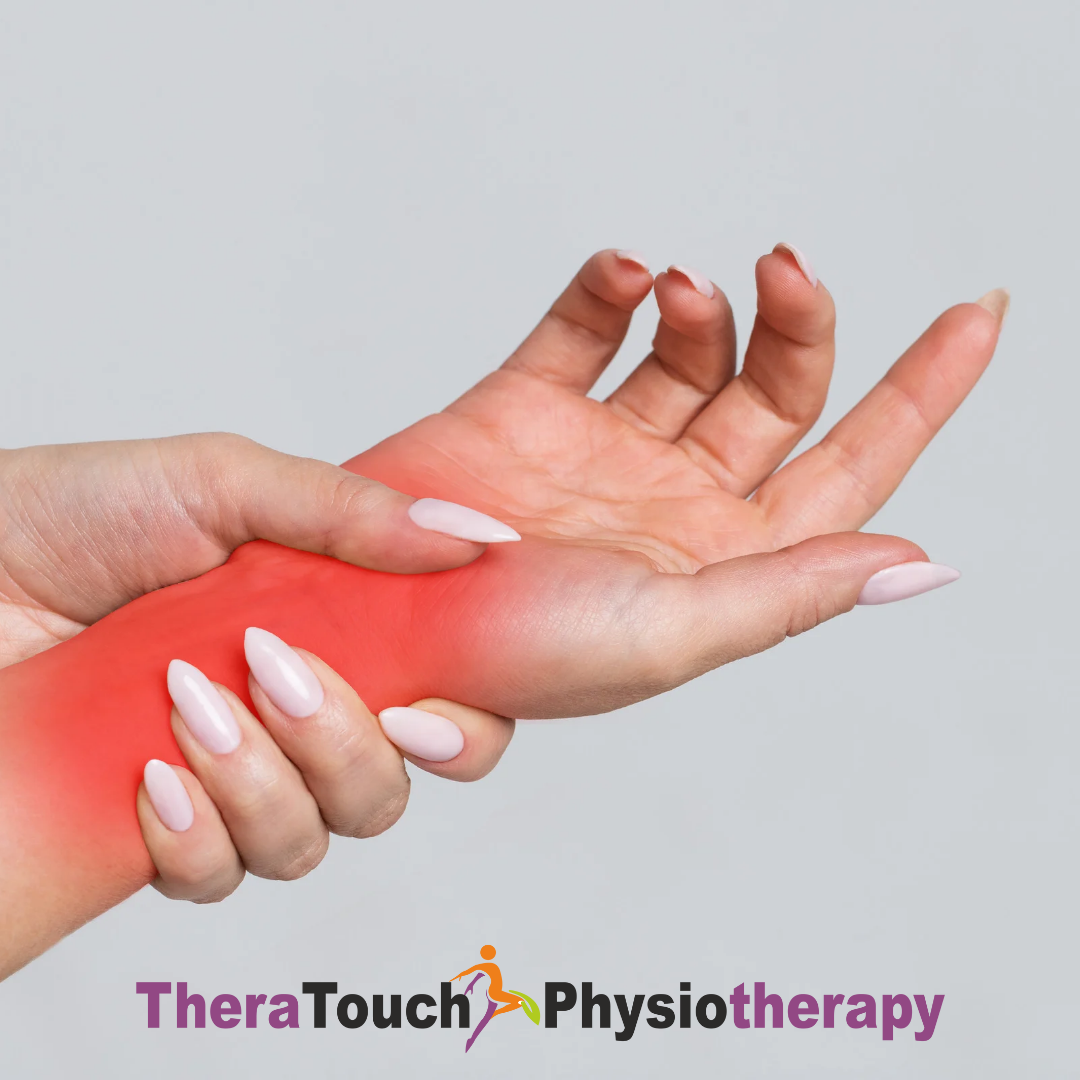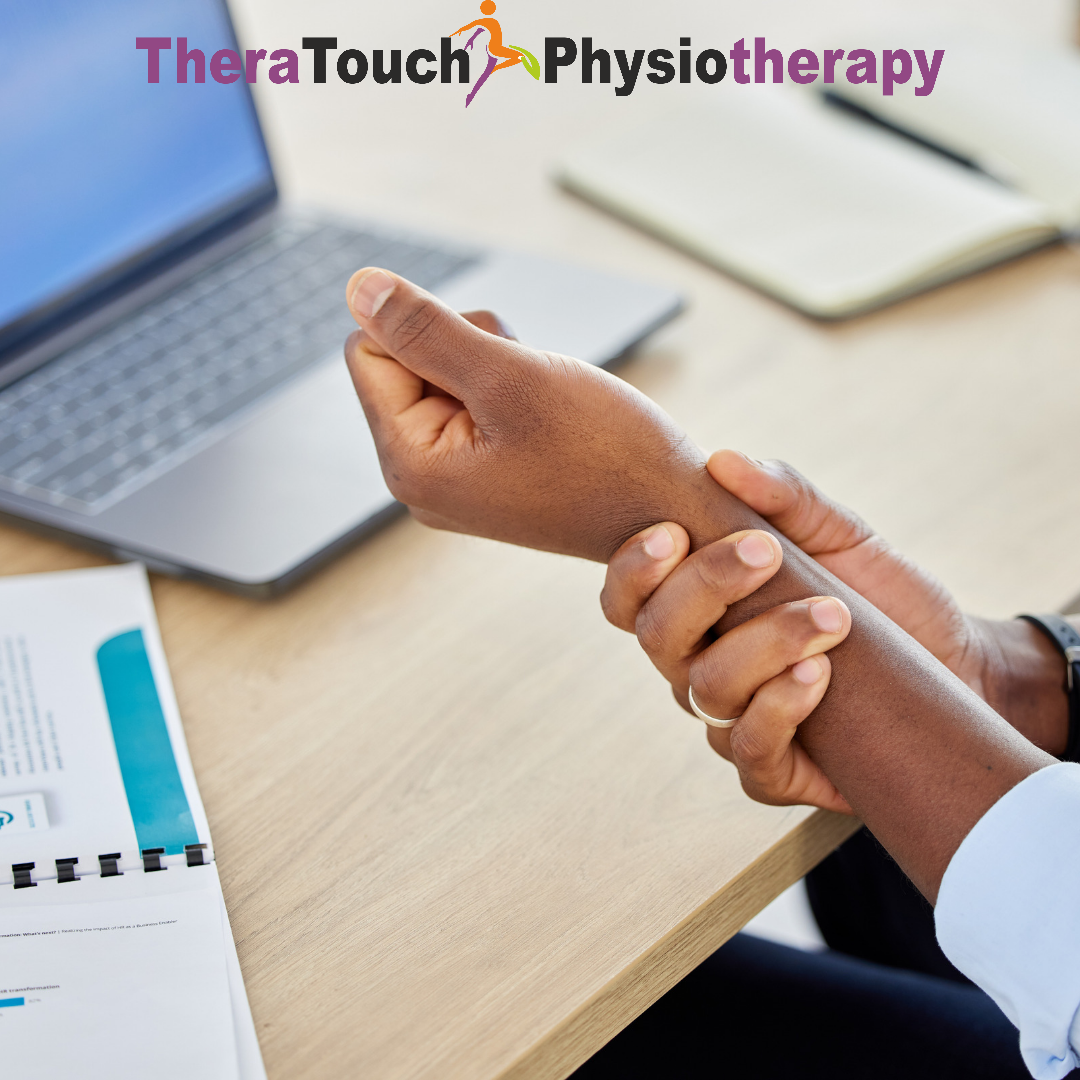Benefits of Cupping Therapy for Muscle Health
Cupping therapy in physiotherapy, has proven to be a valuable tool for managing muscle tension, enhancing range of motion, and accelerating recovery. This technique has a solid basis in both traditional practice and modern treatments, supporting its effectiveness in improving circulation, reducing stiffness, and alleviating pain. Here’s how cupping works, its specific benefits for musculoskeletal health, and its integration into comprehensive physiotherapy treatment plans.
Mechanism of Action in Cupping Therapy
Cupping therapy involves placing suction cups on the skin to create controlled negative pressure, which lifts the skin and underlying tissues. This process increases blood flow to the targeted area, which facilitates oxygen delivery and nutrient exchange, aiding in tissue repair and reducing inflammation. Cupping also promotes lymphatic drainage, which assists in removing metabolic waste products, reducing localized swelling and stiffness. Physiotherapists strategically apply cupping therapy to address musculoskeletal pain, enhance tissue flexibility, and improve recovery times.
Targeted Benefits of Cupping Therapy
Cupping therapy offers several benefits that align closely with the goals of muscle recovery and pain management.
Cupping therapy provides significant relief from muscle tension and pain by promoting myofascial release and loosening tight or “knotted” muscles. The gentle suction created by the cups stretches the soft tissue and surrounding fascia, which improves muscle elasticity and reduces pain. This targeted tension relief is particularly beneficial for clients experiencing muscle tightness due to postural strain, repetitive use, or physical training.
By improving range of motion, cupping therapy effectively addresses fascial adhesions that may restrict joint mobility. The lifting action on the skin and fascia reduces tissue restrictions, enhancing flexibility and enabling a more natural, unrestricted range of movement. This is especially beneficial for clients recovering from injury or those with mobility limitations stemming from chronic musculoskeletal conditions.
It also accelerates muscle recovery by enhancing blood flow to areas affected by inflammation. This increased circulation supports the body’s healing processes, delivering nutrients to damaged tissues and speeding up recovery from soft tissue injuries. Cupping is especially effective for clients experiencing delayed onset muscle soreness (DOMS) or those needing targeted recovery support following intense physical exertion.
Additionally, it may activate the parasympathetic nervous system, which promotes relaxation and reduces stress-related muscle tension. This response not only aids physical recovery but also contributes to mental relaxation, which can benefit clients managing chronic pain or high-stress demands.
Clinical Evidence for Cupping Therapy
The therapeutic effects of cupping therapy are well-supported in physiotherapy practice. Sessions have shown significant reductions in pain and muscle stiffness among patients with conditions such as chronic lower back pain, neck pain, and shoulder dysfunction. It also points to cupping therapy’s ability to reduce inflammatory markers, underscoring its role in pain modulation and recovery enhancement.
What to Expect During a Cupping Therapy Session
A cupping therapy session in physiotherapy begins with a thorough assessment to identify the areas that will benefit most from treatment. Suction cups are then applied to these targeted areas, creating a negative pressure that increases blood flow and stretches the underlying tissues. Each session typically lasts 10 to 30 minutes, depending on the client’s needs. A mild warming or pulling sensation is normal and indicates that circulation is increasing. Temporary circular marks may appear on the skin post-session, which fade within days and signify effective blood flow to the treated areas.
Integrating Cupping with Other Physiotherapy Modalities
Cupping therapy is highly complementary to other physiotherapy techniques, such as manual therapy, myofascial release, and therapeutic exercises. By integrating cupping with these modalities, physiotherapists can offer a well-rounded approach that addresses both the immediate symptoms and underlying causes of musculoskeletal pain. This method provides you with an effective path to sustainable recovery and improved functional outcomes.

